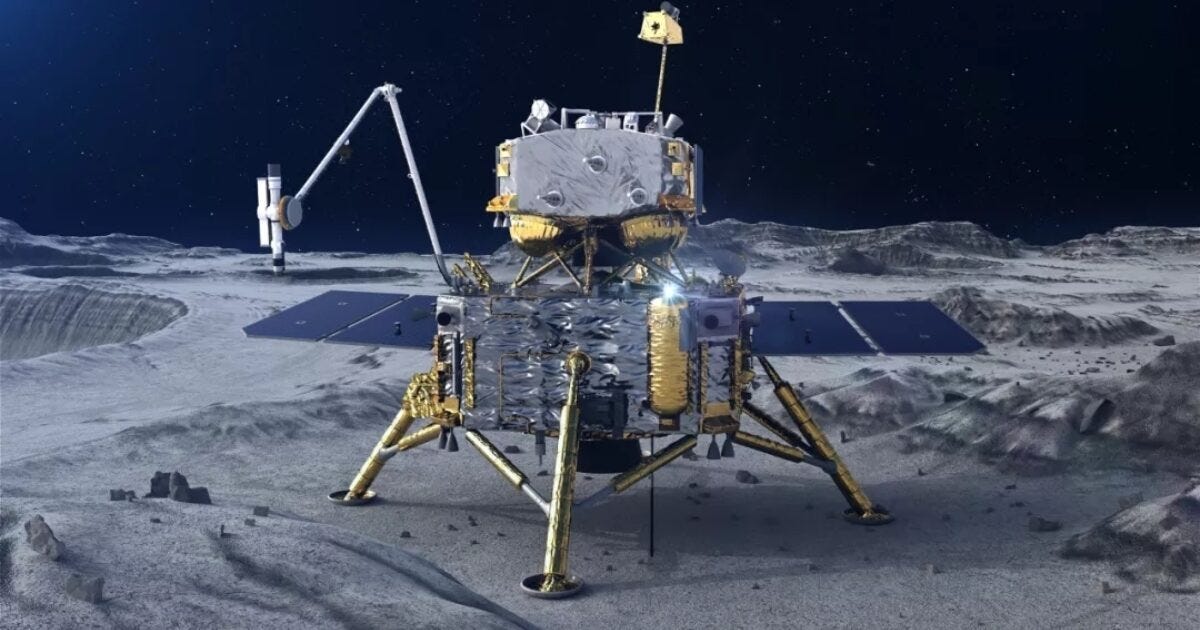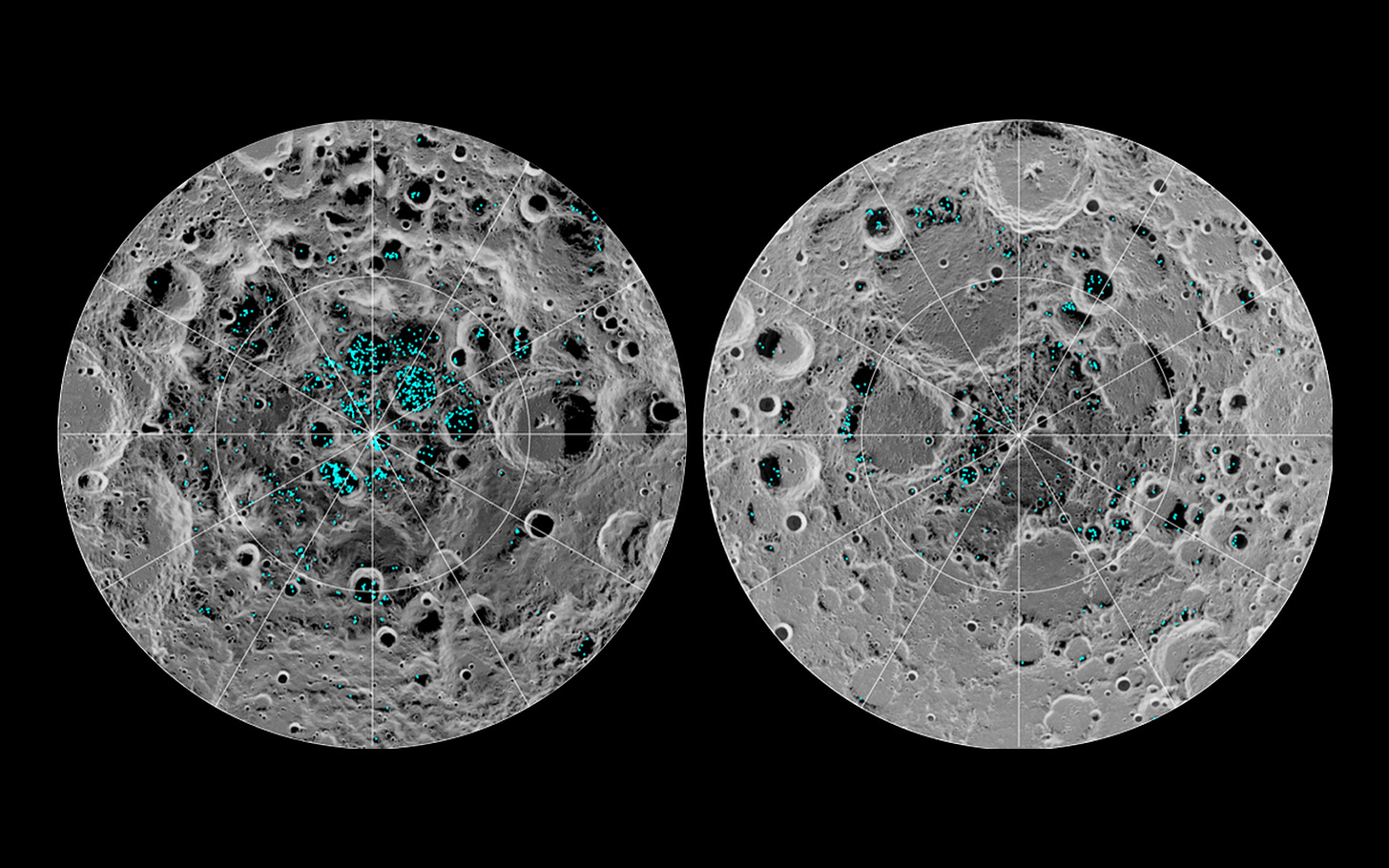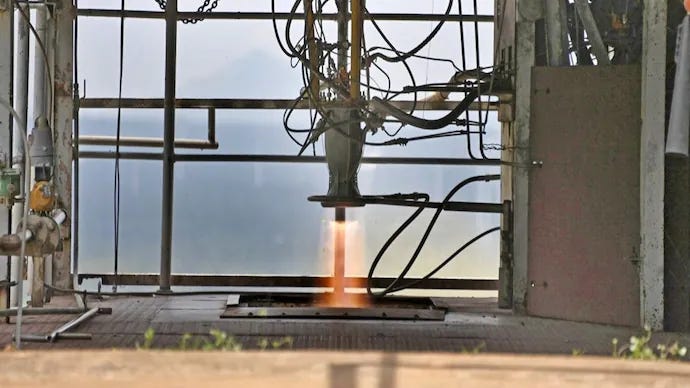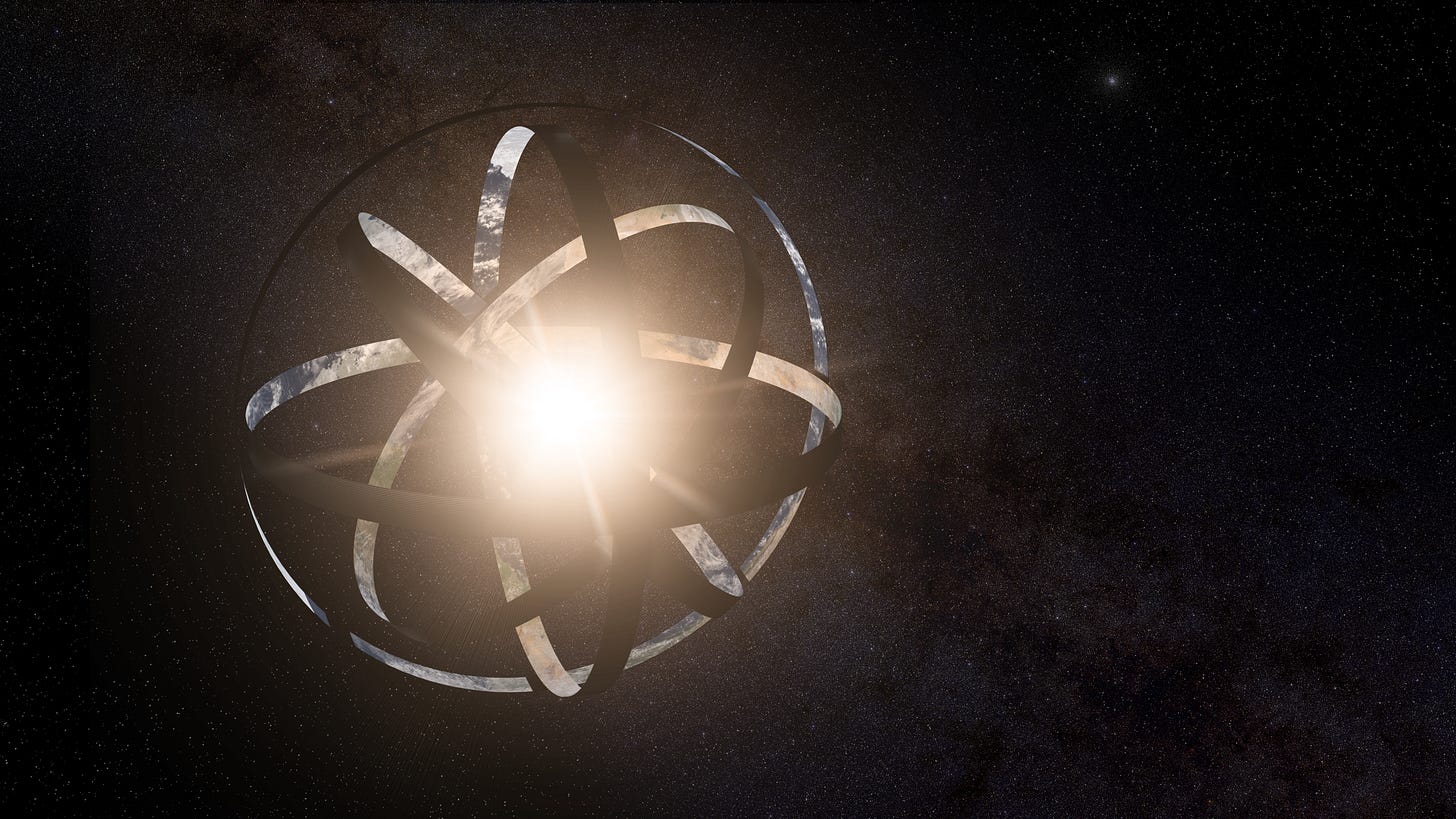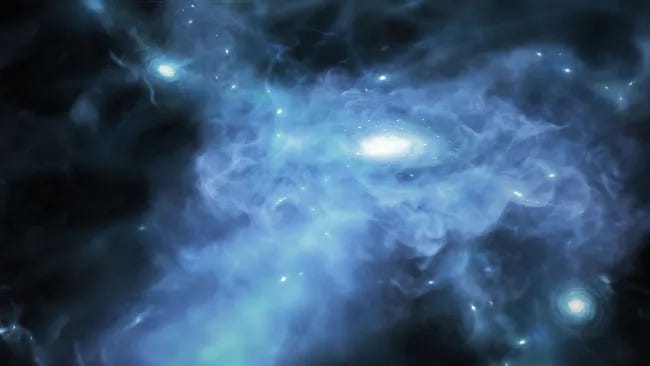China launches Chang'e-6 lunar mission
Last month, China successfully completed the launch of its Chang'e-6 mission to the moon. This mission’s main objective is to land a lander on the lunar surface, collect soil samples and return these samples to the Earth. The mission will be attempting to land near the south pole on the far side of the moon (The portion that always faces away from the Earth). The mission will also be carrying a Pakistani-built lunar orbiter, making this Pakistan’s first-ever lunar mission. The mission is scheduled to reach the moon by early June.
Chandrayaan-2 discoveres evidence of large amounts of water ice on moon
Recently, ISRO discovered strong evidence suggesting a large amount of water ice (much more than previously expected) at the moon’s poles using the Chandrayaan-2 orbiter. A study that was published stated that the amount of ice beneath the polar surface is nearly 5 to 8 times more than that on the surface. It also revealed that the extent of water ice on the lunar north pole is nearly twice that of the south pole.
ISRO successfully conducts hot test of 3D printed rocket engine
Recently, the Indian Space Research Organisation (ISRO) successfully conducted a hot test of its 3d printed liquid rocket engine, the PS4. This marks a significant step towards integrating 3D printing into India’s space program. The PS4 engine, used in the Polar Satellite Launch Vehicle (PSLV) rocket, was reengineered using 3d printing also known as additive manufacturing. The benefits of using 3d printed engines include a reduction in the number of parts, low cost, and 60% less production time. With the successful completion of the test, ISRO will be trying to incorporate this into its PSLV rockets in the future.
Scientists find possible alien energy harnessing megastructures
Recently, an international team of researchers was put together to search for possible signs of ultra-complex megastructures called Dyson spheres that would theoretically enable a civilisation to harness the complete power of its star. The discovery of a Dyson sphere would prove the existence of vastly advanced extraterrestrial beings. It was only recently, that scientists found 7 such structures that were very similar to the theoretical sphere. While no one is completely sure about what these massive structures discovered are, if any single one is proven to be a Dyson sphere it could mean that there are vastly advanced alien races out there.
Webb spots earliest galaxies ever
This May, the James Webb telescope discovered the universe’s earliest galaxies, formed just 400 million years after the Big Bang. These galaxies are so old, that they could even hold the first stars. Since the light from the past takes a lot of time to travel from these far-away galaxies to Earth, scientists can actually view their birth which happened in the past. These images taken by the James Webb telescope can even be considered the first direct images of galaxy formation. We have been able to observe galaxies in later stages of evolution, but this is the first time we are witnessing its very birth.


